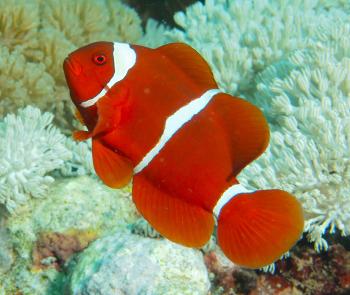Includes: Tunicates, Lancelets, and Vertebrates (which include Fish, Amphibians, Reptiles, Birds and Mammals)
It's easy to find an example of the chordate body plan—just look in the mirror. But it's more difficult to see which features we share with the rest of the chordates.
Chordates have their skeletons on the inside, a design that allows for growth without the need for molting. Of the approximately 50,000 living chordates, 97% are vertebrates —animals whose skeletons include a backbone. We are vertebrates.
Three features are present in all chordates. These include a stiffening rod, called a notochord that in many members (the vertebrates) is later replaced by a bony column of vertebrae. The discs between the vertebrae are the remains of the notochord. Another chordate feature is a hollow dorsal nerve cord that in most members becomes the spinal cord and brain. The third feature is a structure called gill slits, or clefts. These structures have evolved to become jaws and jaw supports in vertebrates. (Our gill slits close up when we're still embryos.)
Chordate Features:
- Notochord: an elongate rod-like structure located above the gut and below the nerve cord
- Dorsal nerve cord: a hollow tube that usually becomes a brain and a spinal cord
- Gill clefts: structures located behind the mouth and in front of the esophagus
- Segmented muscles (except for tunicates)
- Post-anal tail
Cnidarian fact:
Fewer than five percent of the animals that ever lived on earth have backbones.
Word Bank
Gill slits: are openings between the throat and the outside
Embryo: an early stage of development of an animal
















